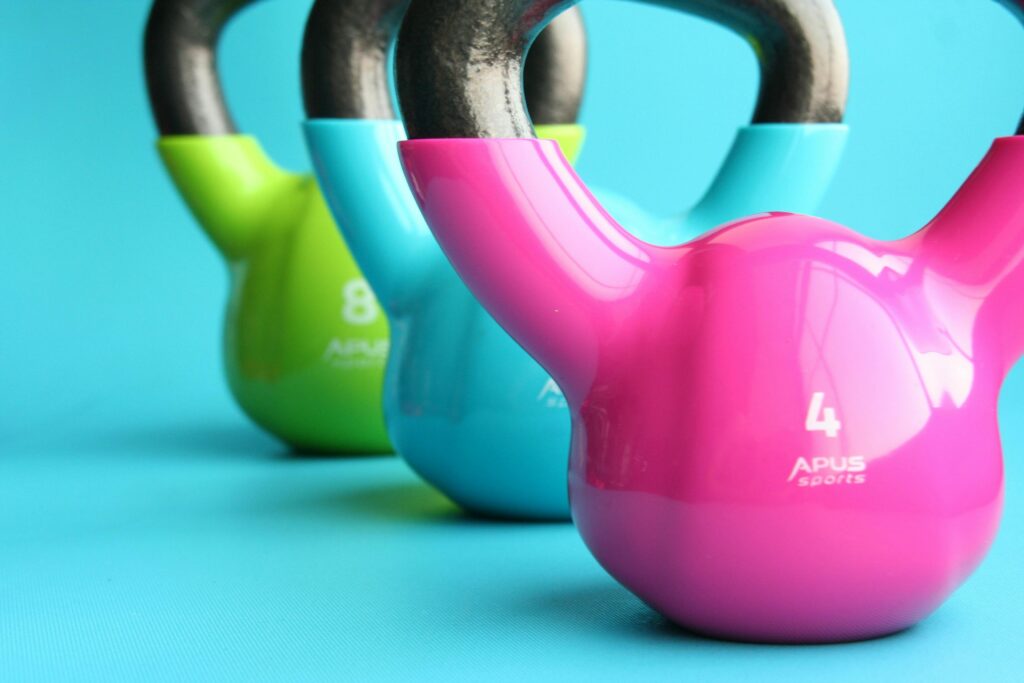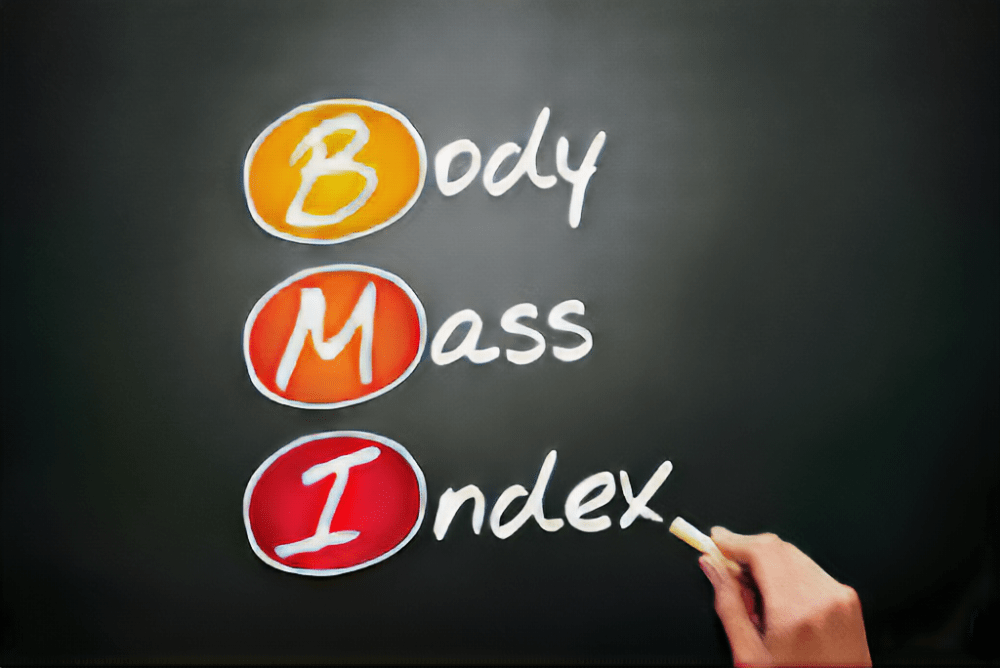Critique of BMI in Relation to Athletes

One of the most common criteria associated with body mass index (BMI) concerns its limited applicability to athletes and bodybuilders, which introduces significant distortions in assessing their fitness. The main disadvantage of BMI is that it does not take into account the difference between muscle mass and fat mass, simply combining them into a single indicator.
The problem becomes more obvious when examples of outstanding athletes are considered. For example, noted goalkeeper Oliver Kahn, with a height of 1.88 m and a weight of 91 kg, had a BMI of 25.7 at the end of his active career, which qualifies as “overweight” according to traditional standards. However, upon closer inspection, it is clear that this figure does not reflect his high muscle mass, necessary for his specific activities in football.
Similarly, former world boxing champion Wladimir Klitschko achieved a BMI of 27.45, given his weight of 112 kg and height of 2.02 m. Again, the BMI marks him as “overweight”, but this does not take into account his muscular structure, which is necessary for outstanding physical training in boxing.
These examples highlight that BMI is not an accurate indicator for assessing the fitness of elite athletes. Using BMI in such cases may lead to incorrect diagnoses and ineffective dietary recommendations, given that it does not take into account the specific body type and training of these professionals.
Weight Distribution Challenges
Due to insufficient attention to weight distribution, body mass index (BMI) is a limited tool that often ignores the characteristics of athletes and bodybuilders. For example, impressive parameters such as Wladimir Klitschko’s chest circumference of 118 cm and biceps circumference of 43.5 cm are a clear example of the fact that weight is concentrated mainly in well-developed and trained muscles, and not in the abdominal area.
In such cases, traditional methods of measuring body fat such as waist-to-hip ratio (WHR) or waist-to-hip ratio (WHVR) would provide more meaningful data. These methods take into account the distribution of fat in specific areas of the body, making them more accurate in assessing athletes’ body composition. Unlike BMI, which simply considers overall weight in relation to height, these measures provide a more accurate estimate that reflects your actual fitness.
Thus, to fully assess the physique of athletes and bodybuilders, it is important to resort to more sophisticated measurement methods that take into account not only weight, but also its distribution in different parts of the body.
Athletes with Low BMI

On the contrary, some athletes and bodybuilders from certain disciplines often exhibit body mass index (BMI) values that are below generally accepted standards. This can cause concern and misunderstanding among ordinary people as they are accustomed to viewing higher BMI values as indicators of health.
Consider the example of outstanding athletes such as the legendary marathon runner Gret Weitz. The nine-time New York City Marathon winner and former world champion has a BMI of just 17.2, which is well below average. This low figure does not reflect her phenomenal achievements and the excellent physical condition required to successfully participate in marathon races.
Similarly, Liz McColgan, the world 10,000m champion in 1999, had an even lower BMI of 15.9. These low values do not mean a lack of health, but, on the contrary, reflect the specifics of training and the requirements of the discipline in which they perform.
It should also be mentioned that some male distance runners, like Kenyan Daniel Kipchirchira Komen, also have low BMI values, such as 16.3. These athletes demonstrate that certain disciplines require an optimized weight-to-muscle ratio, which can result in BMI values that do not meet the standards of the average person.
It is also worth noting that tall and ski jumpers also often fall into the low BMI category in the context of their competition requirements, highlighting the importance of taking sport-specific considerations into account when interpreting BMI values.
Suitability of BMI for Athletes

Given the obvious shortcomings of body mass index (BMI) in assessing athletes, it is reasonable to conclude that participation in sports often results in BMI values outside the normal average range. Regular training and constant maintenance of excellent physical shape make BMI measurements less informative in the context of sports.
This claim is supported by historical data, particularly surveys conducted during the 1960 Olympics. The results indicate that track and field athletes had BMI values ranging from 20 to 21, while weightlifters recorded BMI values ranging from 26 to 29. This clearly demonstrates that standard interpretations of BMI face limitations when it comes to a variety of disciplines of sports.
In such scenarios, the potential influence of BMI on the assessment of obesity status becomes insignificant and may be misleading. Given the unique demands of each sport, a high BMI in weightlifters does not necessarily indicate overweight or obesity, as in these cases we are dealing with developed muscle mass, an integral part of their athletic training.
Thus, analyzing the BMI of athletes requires a more thorough and specific approach, taking into account the individual characteristics and requirements of each sports discipline.
Conclusion:

While Body Mass Index (BMI) Calculator remains a useful tool for the general population in assessing weight-related risks, its application to athletes and bodybuilders highlights significant limitations. Weight distribution and prominent muscle mass can lead to misleading BMI classifications that do not reflect one’s actual physical fitness.
For athletes, other approaches, such as measuring body fat percentage or assessing waist-to-hip ratio, are more suitable methods for obtaining accurate estimates. These methods take into account the difference between muscle mass and fat mass, making them more accurate in the context of the conditioning of elite athletes.
It is important to recognize that low BMI among athletes in certain disciplines should not be a cause for concern. Their rigorous training, physical activity and outstanding form differ significantly from the average population. Therefore, when assessing athletes, one should be cautious in interpreting BMI and instead turn to more nuanced methods of assessing fitness.
Thus, the need for a careful and contextual approach to the use of BMI when assessing individuals actively involved in sporting activities is emphasized.